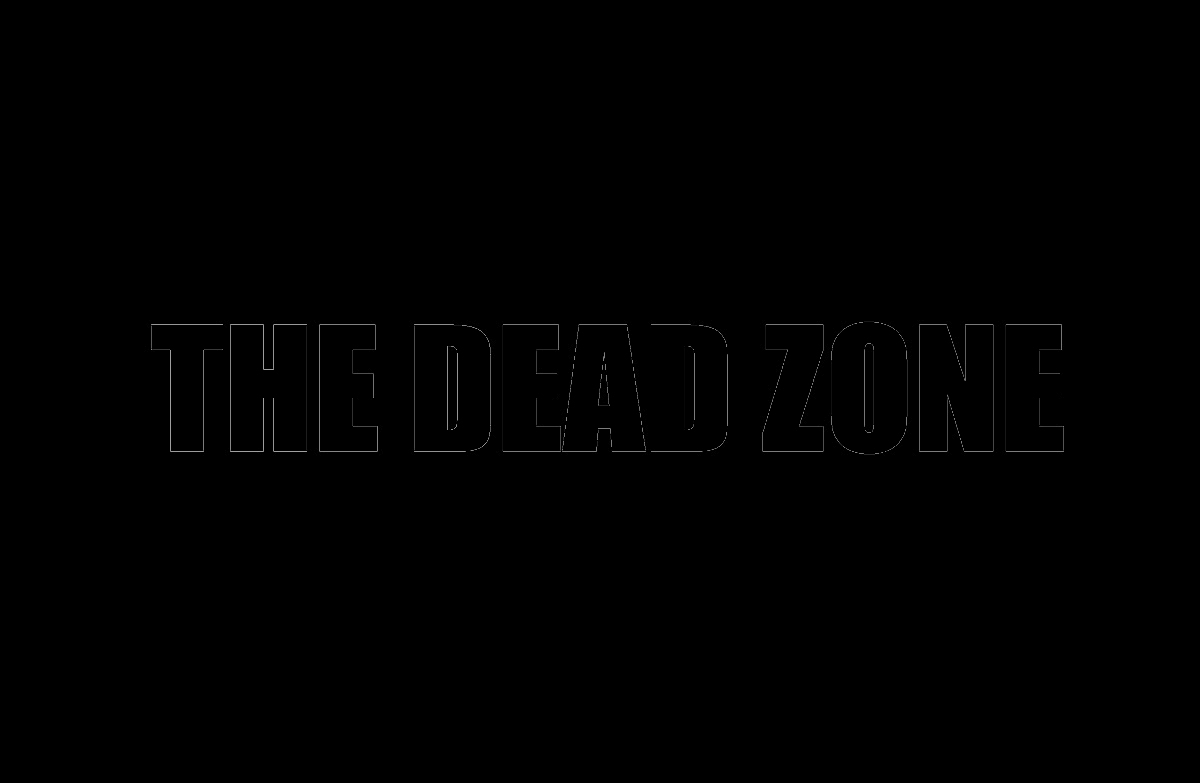

Scientists collect water samples across the Gulf to determine the size. The exact size of the Gulf dead zone varies each year. Fish and shrimp leave the area and anything that can't escape-like crabs, worms, and clams-dies.Īnd it happens every summer. This is hypoxia, when oxygen in the water is so low it can no longer sustain marine life in bottom or near bottom waters-literally, a dead zone. The nutrients cause plants known as algae to grow out of control, fueling large blooms that then sink, decompose, and consume oxygen in the water. These nutrients are ultimately funneled into the Gulf of Mexico, sometimes traveling more than a thousand miles downstream to start a chain of events in the Gulf that turns deadly. Urban runoff, such as fertilizer from lawns and golf courses, and discharges from sewage treatment plants, also feed into the Mississippi. When farmers apply fertilizer, the excess nutrients-such as nitrogen and phosphorus-can run off during a rainstorm or snowmelt and end up in waterways that feed the Mississippi River.Īnd farms aren’t the only source of excess nutrients or nutrient pollution. Think of the Mississippi River as a drainage system for your street, except it connects 31 U.S. We end up with more food on our tables and more food to sell to the rest of the world.īut what does a farm in the middle of the country have to do with fish dying in the ocean? To answer that, we have to look at the Mississippi River. To meet the demand for all that food, farmers rely on fertilizer, or nutrients, that help plants grow and increase crop output. Now, think about the hundreds of millions of people across the country and the billions around the world. Some of that food may have been grown right here, in the middle of the United States. But wait, you probably don’t even live near the Gulf. What’s harming all that ocean life? Unfortunately, without meaning to, we all are.

The Gulf of Mexico’s dead zone is one of the largest. Yikes! And there are hundreds of dead zones in coastal waters around the world. But “dead zone” is the common term for what’s happening in the Gulf of Mexico, and it is a little frightening.Ī dead zone-or hypoxic zone-is an area of low oxygen that can harm fish and marine life near the bottom of the sea. No, we’re not talking about a scary movie.


 0 kommentar(er)
0 kommentar(er)
